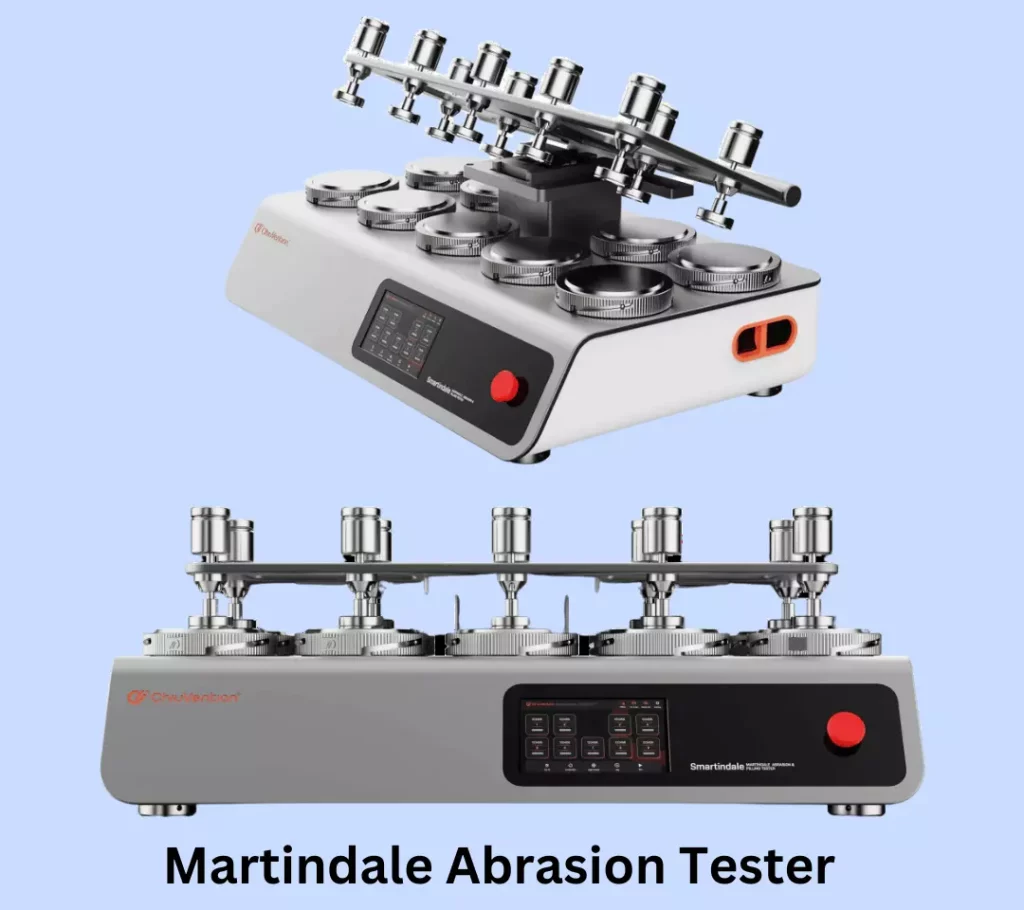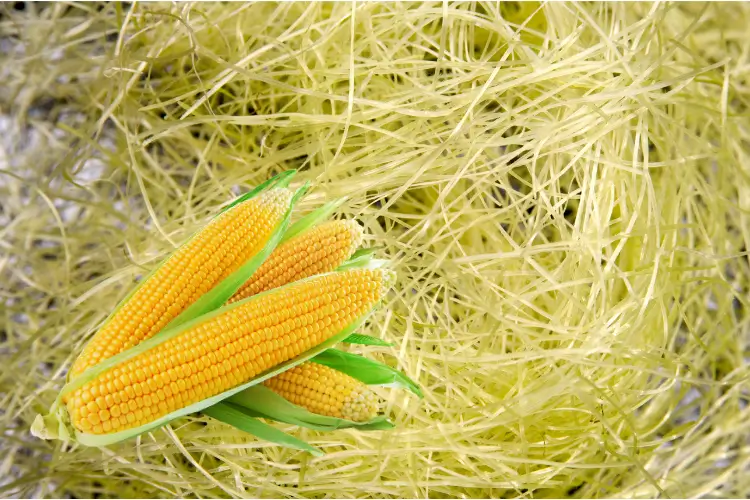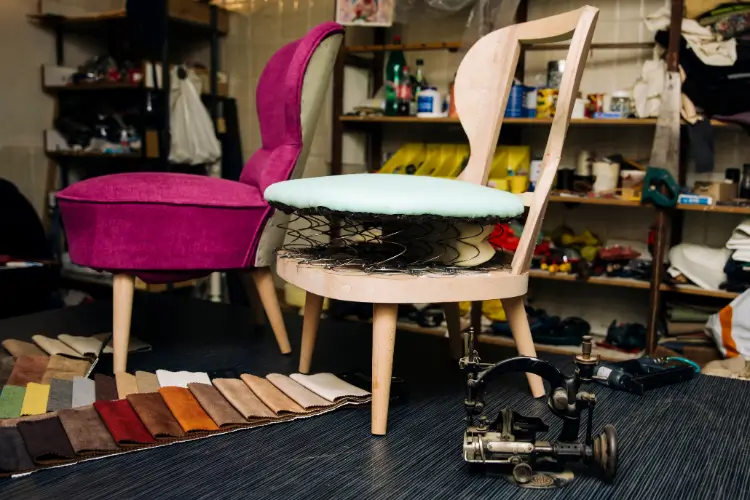Abrasion and pilling testing is essential for evaluating the durability and wear resistance of fabrics and materials. Understanding how to operate an abrasion and pilling tester is crucial for obtaining accurate results and ensuring the quality of products.

What is an Abrasion and Pilling Tester?
An abrasion and pilling tester is a specialized machine used to assess the resistance of materials to surface wear and pilling. It is a scientific instrument used to assess the resistance of textiles to two key types of wear and tear: abrasion and pilling.
- Abrasion: Abrasion refers to the gradual wearing away of a fabric’s surface due to friction. Imagine your favorite jeans rubbing against your chair – that’s abrasion in action. Over time, abrasion can lead to thinning, tearing, and a loss of the fabric’s original appearance.
- Pilling: Pilling is the formation of tiny balls of fiber on the fabric surface. These balls, often referred to as “pills,” can make the fabric look fuzzy and detract from its aesthetics. Pilling typically occurs on fabrics composed of blended fibers or those with a napped surface (like fleece).
By simulating these wear and tear mechanisms, abrasion and pilling testers provide valuable information for textile manufacturers, quality control departments, and even consumers who want to make informed purchasing decisions.
Components of Abrasion and Pilling Tester
This tester typically consists of a test chamber, sample holders, abrasive wheels, and a control panel. The test chamber houses the sample material, while the abrasive wheels create friction to simulate wear. The control panel allows operators to adjust test parameters and monitor the testing process.
Types of Abrasion and Pilling Testers
There are two main types of abrasion and pilling testers:
1. Martindale Tester:
This is the most widely used type of tester and is considered the industry standard for evaluating abrasion and pilling resistance.
- Key Features of a Martindale Tester:
- Features multiple testing stations, allowing for simultaneous testing of several samples.
- Employs a circular rubbing motion that simulates real-world wear and tear.
- Offers adjustable weights to replicate different pressure conditions experienced by fabrics in use.
2. Wyzenbeek Tester:
This tester is primarily used for evaluating the abrasion resistance of carpets and upholstery fabrics.
- Key Features of a Wyzenbeek Tester:
- Utilizes a reciprocating rubbing motion that mimics the back-and-forth movement of shoes on a carpet.
- Offers various test heads with different abrasive surfaces to simulate different wear scenarios (e.g., high heels, coarse dirt).
The choice between a Martindale and Wyzenbeek tester depends on the specific application and the type of fabric being tested. However, for most textile applications, the Martindale Abrasion Tester is the preferred choice due to its versatility and ability to perform both abrasion and pilling tests.
Operating an Abrasion and Pilling Tester (Martindale Tester Focus)
The tester works by subjecting the sample material to controlled abrasion and friction. During the abrasion test, the sample is rubbed against abrasive surfaces to simulate wear. In the pilling test, the sample is subjected to repeated rubbing and friction to evaluate its resistance to pilling.
Now that we’ve explored the different types of testers, let’s focus on the operation of a Martindale tester, which is the most common type. Here’s a step-by-step guide:
Preparing the Tester
- Power and Calibration: Ensure the tester is properly plugged in and turned on. Most testers require periodic calibration to ensure accurate results. If unsure about the calibration status, consult the manufacturer’s instructions.
- Sample Preparation: Prepare the fabric samples according to the relevant testing standard. This typically involves cutting circular or square samples with specific dimensions. Ensure the samples are clean and free of any foreign matter.
Running the Abrasion Test
- Mounting the Sample: Secure the fabric sample onto the designated sample holder of the tester. The specific method for mounting may vary depending on the tester model.
- Setting Test Parameters (Cycles, Load): Program the desired number of cycles (rubs) for the test. This number will depend on the expected wear and tear conditions for the fabric. Additionally, set the appropriate load (weight) that will be applied to the sample during the test. The load should simulate the pressure experienced by the fabric in its intended use.
- Starting the Test and Monitoring: Once the parameters are set, initiate the test. The tester will automatically perform the programmed number of rubbing cycles on the fabric sample. During the test, you can visually monitor the sample for any signs of wear or pilling.
Running the Pilling Test (if applicable)
Some Martindale testers have a dedicated pilling test function. If your tester includes this feature, the following steps apply:
- Mounting the Sample for Pilling: The sample mounting procedure for the pilling test might differ from the abrasion test. Refer to the tester’s manual for specific instructions.
- Setting Pilling Test Parameters: Similar to the abrasion test, set the desired number of cycles and any additional parameters specific to the pilling test on your model.
- Starting the Pilling Test and Monitoring: Initiate the pilling test and visually observe the sample for any pilling formation throughout the test duration.
Conclusion
Abrasion and pilling testers are instrumental tools for evaluating the durability and performance of textiles. By understanding the operation and applications of these testers, manufacturers, quality control personnel, and even consumers can make informed decisions about fabric selection and product development. This ultimately leads to the creation of more durable, long-lasting, and aesthetically pleasing textile products for everyday use.



